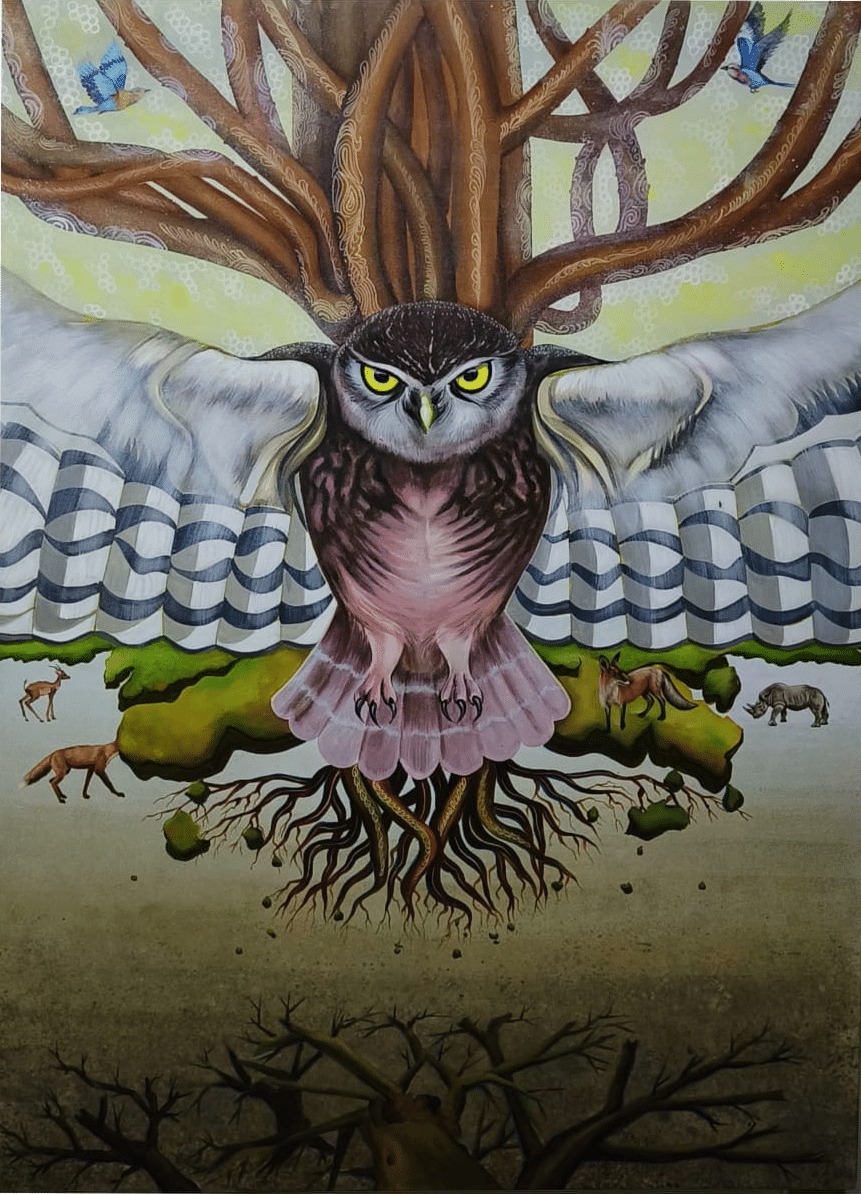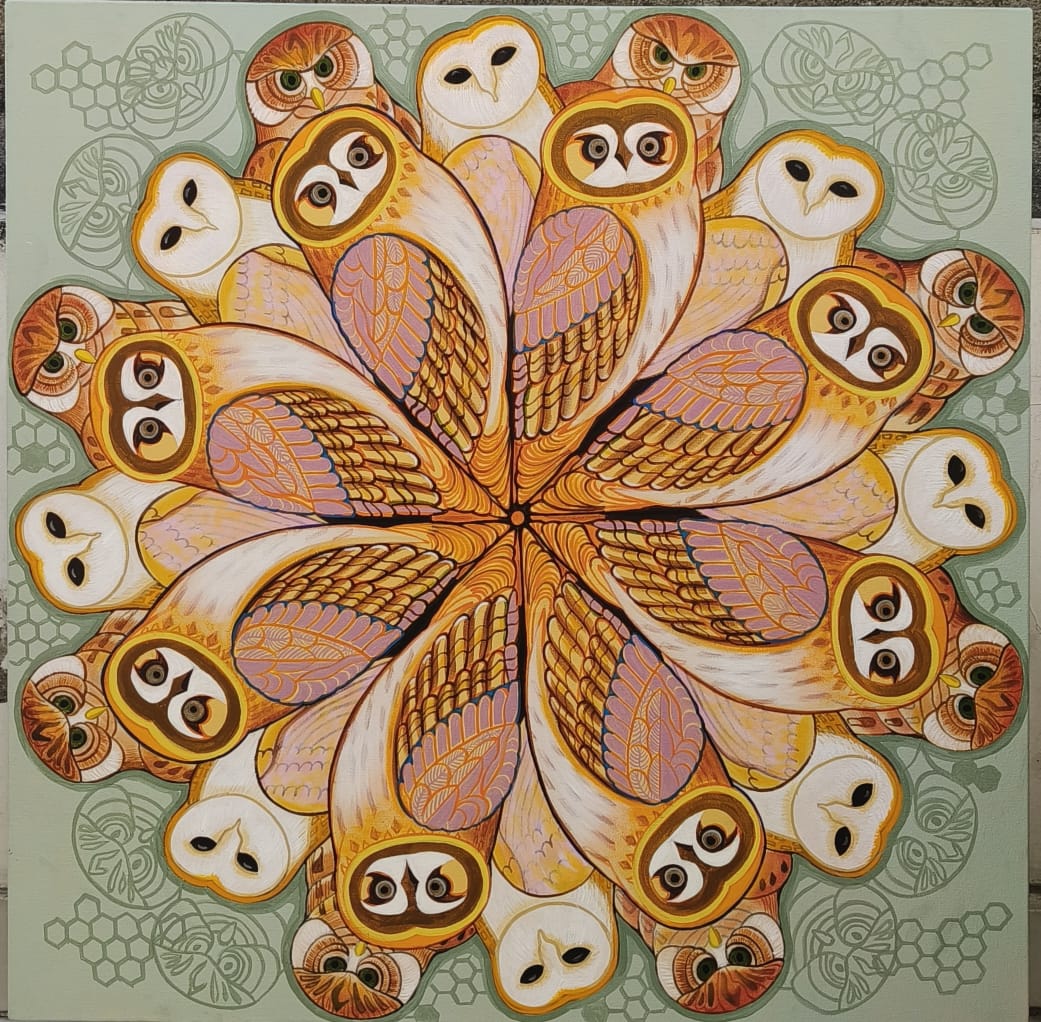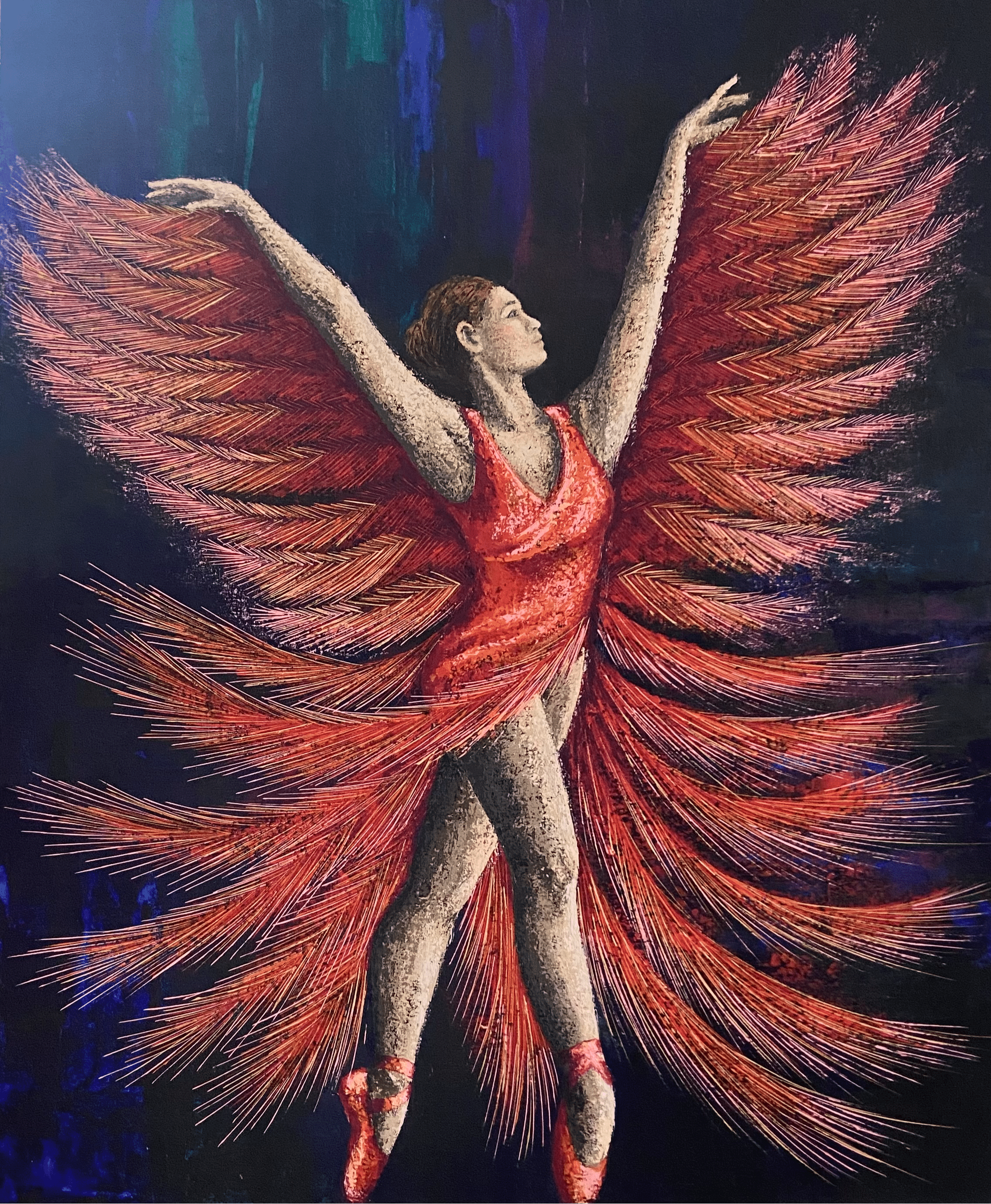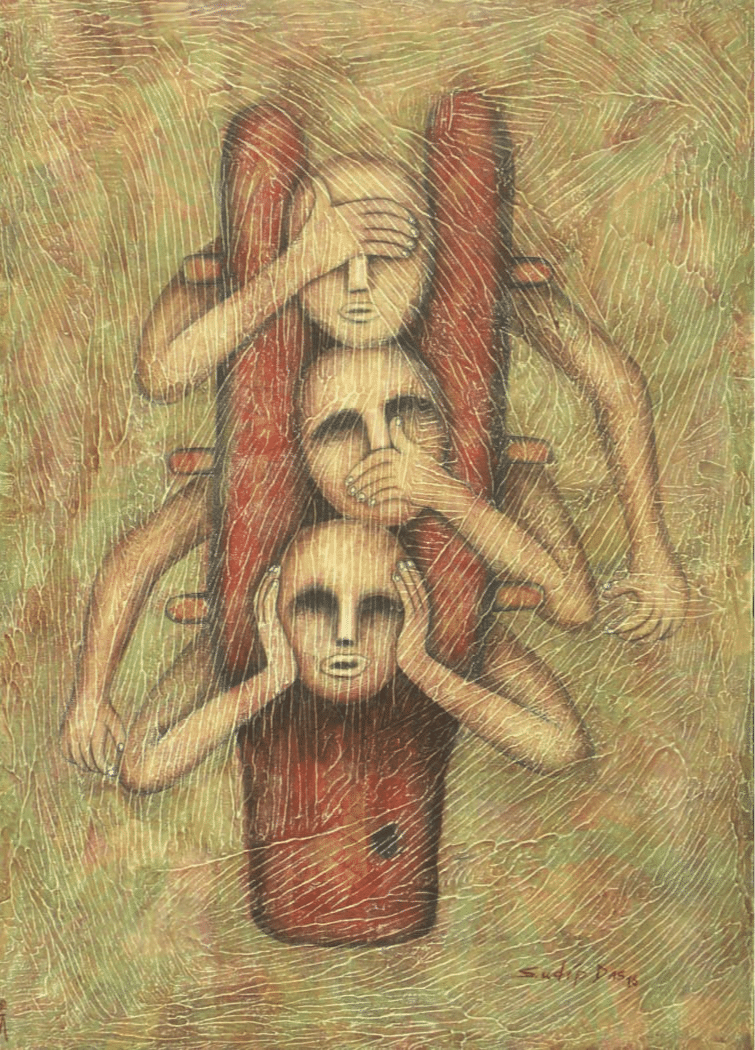
In his Long Island studio, Jackson Pollock pours energy onto canvas, redefining how we experience painting.
Few artists have disrupted the art world as profoundly as American painter Jackson Pollock. Known as “Jack the Dripper,” Pollock pioneered action painting, a technique that involved dripping, pouring, and splattering paint directly onto large canvases laid on the ground. His radical departure from traditional painting methods made him one of the most influential figures in abstract expressionism, forever altering the trajectory of modern art.
Early Life and Artistic Beginnings
Born in 1912 in Cody, Wyoming, Jackson Pollock grew up in a creative but financially unstable household. His family moved frequently across the United States, which exposed him to various cultural influences. Pollock’s interest in art took shape in Los Angeles, where he studied under Frederick John de St. Vrain Schwankovsky, a painter with a deep interest in Theosophy and mysticism. These themes would later influence Pollock’s abstract works.
In 1930, Pollock moved to New York City and studied at the Art Students League under Thomas Hart Benton who is a leading figure in the American Regionalist movement. Benton’s energetic, rhythmic approach to painting had a lasting impact on Pollock, even though the young artist would later abandon figurative art for abstraction. During this time, he was also influenced by Mexican muralists like Diego Rivera and the Surrealists, whose emphasis on the subconscious fascinated him.
However, Pollock’s early years in New York were marked by personal struggles, including financial difficulties and a battle with alcoholism. Despite these challenges, he continued to refine his artistic style, experimenting with different techniques and absorbing influences from Picasso’s Cubism and Miró’s Surrealism. It wasn’t until the 1940s that Pollock truly found his distinctive voice in art.
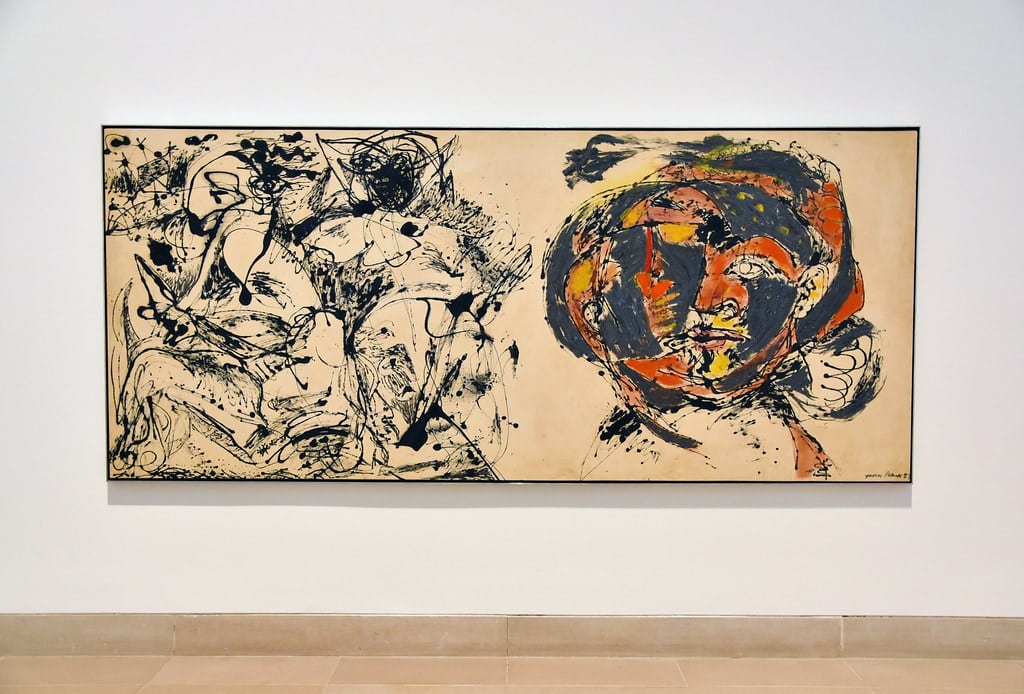
Portrait and a Dream splits the canvas in two—one half a chaotic dreamscape, the other a haunting self-portrait—revealing Pollock’s psychological duality.
The Birth of Drip Painting
By the late 1940s, Pollock had begun experimenting with an innovative technique that would define his career: drip painting. This method involved dripping and flinging paint onto vast canvases laid flat on the ground, allowing him to engage with the artwork from multiple angles. Rather than using traditional brushstrokes, he employed sticks, trowels, and even his hands to apply paint, creating complex layers of movement and texture.
This technique was revolutionary because it removed all preconceived structure from painting. Instead of carefully planning compositions, Pollock’s process was spontaneous, physical, and deeply personal. His paintings captured energy, motion, and emotion in a way that no artist had ever attempted before.
His wife, Lee Krasner, also an accomplished painter, played a crucial role in his career. She introduced him to influential figures in the art world and encouraged his experimental approach. In 1947, Pollock’s drip paintings caught the attention of art dealer Peggy Guggenheim, who offered him a contract and a solo exhibition, launching him into mainstream success.

In Lavender Mist, Pollock layers fluid threads of paint to build a soft, immersive field of energy—neither violent nor calm, just alive.
Iconic Works That Defined an Era
Pollock’s career saw the creation of some of the most famous abstract paintings in art history. His works continue to captivate audiences worldwide and remain significant in modern art collections.
Jackson Pollock’s “Lavender Mist” (1950)
One of Pollock’s most celebrated paintings, “Lavender Mist” is a large-scale masterpiece that exemplifies his drip technique. The painting, composed of delicate layers of black, white, blue, and soft lavender hues, creates a dreamlike, immersive experience. This work is housed at the National Gallery of Art in Washington, D.C.
“Autumn Rhythm” (1950)
A striking example of Pollock’s energy and movement, “Autumn Rhythm” is a massive canvas featuring black, white, and brown splatters that flow rhythmically across the surface. The painting embodies the controlled chaos that defined Pollock’s work and remains a key highlight at the Metropolitan Museum of Art in New York.
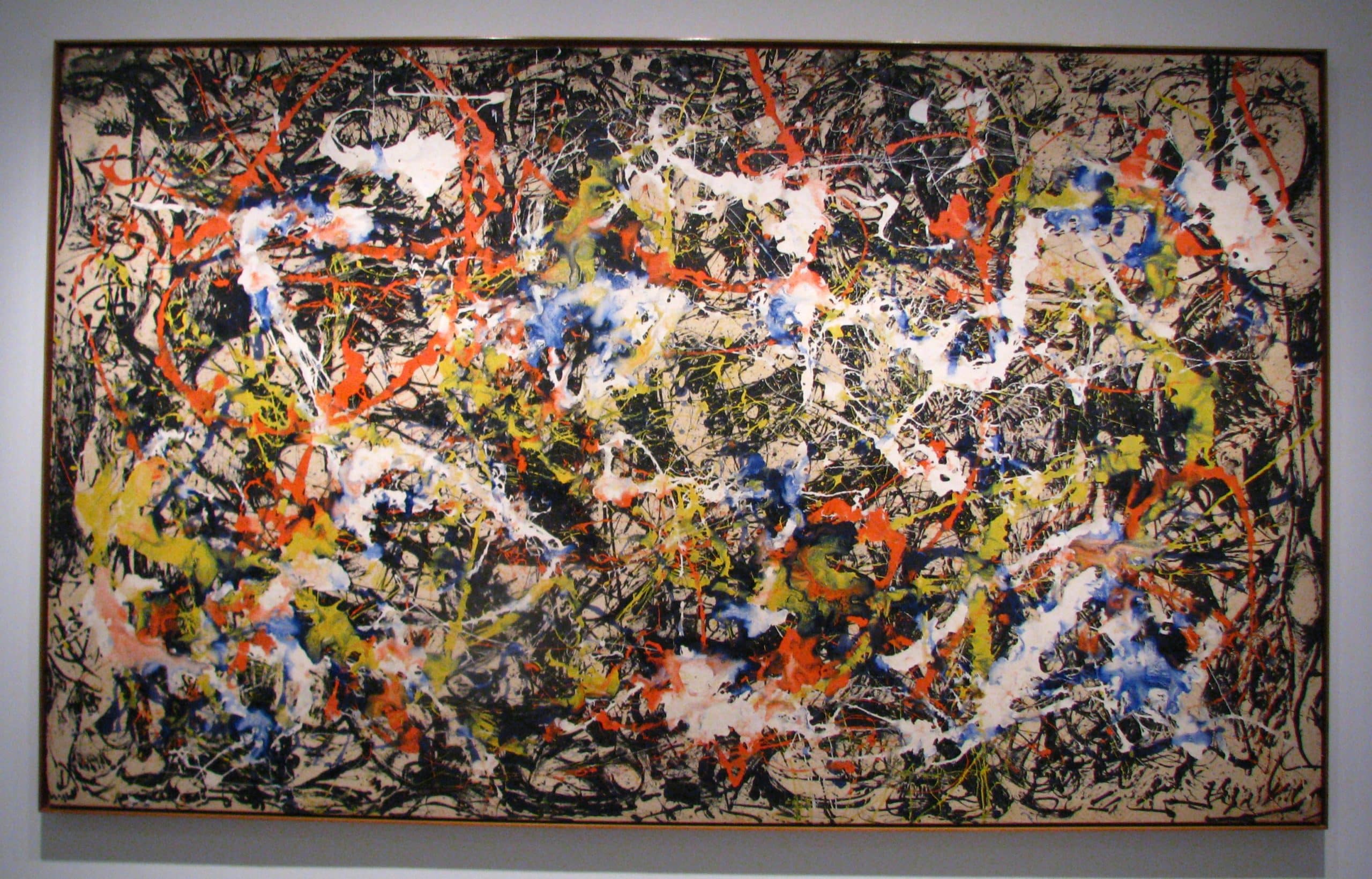
Convergence bursts with movement and color, a bold answer to Cold War tensions—Pollock’s way of turning chaos into controlled freedom.
“Convergence” (1952)
One of Pollock’s most politically charged works, “Convergence” is a vibrant explosion of color and dynamic lines, reflecting the post-war American spirit. This painting is widely regarded as one of his most complex and ambitious creations, showcasing his mastery of the drip technique.
“The Deep” (1949)
Unlike many of Pollock’s signature drip paintings, “The Deep” presents a stark contrast with its dark and mysterious composition. Featuring a predominantly black-and-white palette with subtle traces of yellow, this painting evokes a sense of depth and contemplation. Some art historians interpret it as an exploration of mortality, emotion, and psychological turmoil, making it one of Pollock’s most introspective works. It is currently housed in the Centre Pompidou in Paris.
Pollock’s bold style was controversial, with some critics dismissing his work as mere randomness. However, others saw his art as a raw, emotional expression of the subconscious, aligning with the ideas of Carl Jung’s psychological theories and automatic drawing techniques developed by the Surrealists.
Pollock’s Lasting Influence on Contemporary Art
Jackson Pollock’s contributions to modern art extend beyond his paintings. He paved the way for contemporary abstract artists, influencing figures like Mark Rothko, Willem de Kooning, and Helen Frankenthaler. His work also inspired movements such as performance art and conceptual art, which emphasize the process of creation as much as the final product.
Pollock’s legacy is celebrated in major museums around the world such as the Museum of Modern Art (MoMA) in New York and the Guggenheim Museum. His former home and studio in East Hampton, New York, has been preserved as a museum, offering visitors a glimpse into the space where he created his masterpieces.
In the digital age, Pollock’s influence continues, with artists exploring new ways to integrate technology, AI, and motion tracking into abstract expressionism. His radical approach to creativity serves as a blueprint for artists seeking to break boundaries in their own work.
Discover Abstract Art with Elisium Art
For art collectors and enthusiasts inspired by Jackson Pollock’s groundbreaking techniques, Elisium Art provides a curated collection of contemporary abstract paintings that push artistic boundaries. Whether you’re drawn to bold, expressive strokes or intricate compositions, our platform connects you with emerging artists who continue to challenge traditional art forms.
Dive into our collection today and bring a piece of modern abstract expressionism into your own space.

Written by
Sanjana Dhar
Sanjana Dhar is a passionate storyteller and art enthusiast who brings a unique blend of creativity and marketing expertise to the Elisium Art team. Hailing from Kolkata, a city steeped in artistic heritage, she developed a deep appreciation for contemporary art and its ability to transcend cultural boundaries. With a background in media studies and a passion for exploring the vibrant world of Indian and international art, she crafts compelling narratives that connect audiences with the transformative power of art. Her experience in branding, social media, and content strategy allows her to effectively communicate the essence of artistic expression, unraveling the stories behind each masterpiece and spotlighting the diverse voices shaping the contemporary art world.





